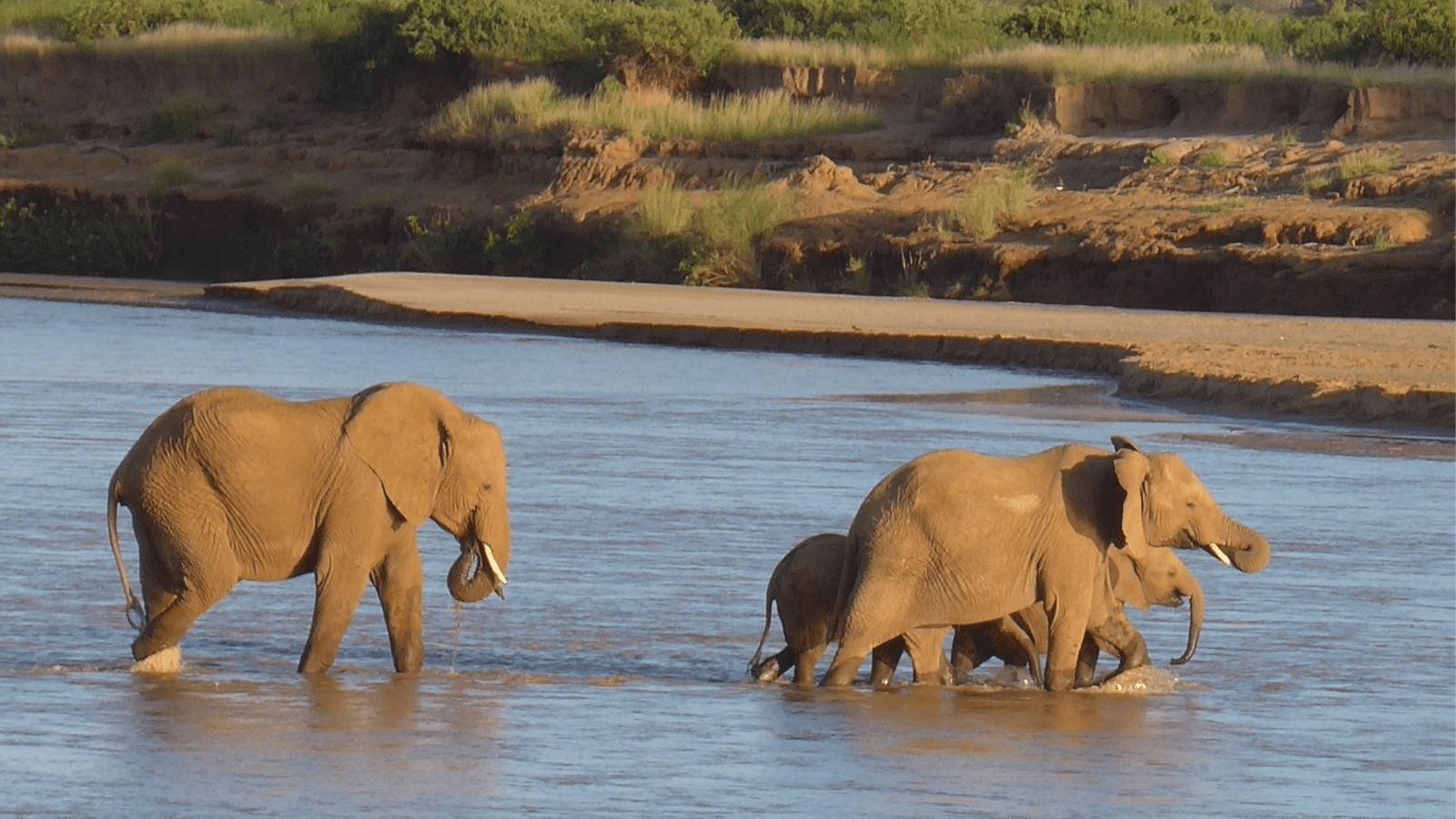Efficiently finding food is crucial for African elephants, the largest land animals on Earth. These endangered pachyderms need to consume over 330 pounds of low-calorie vegetation daily to survive. However, the methods they use to locate their food sources have remained a mystery. A recent study involving more than 150 elephants revealed that their movement patterns are influenced by both the availability of resources and energy costs. The results of this study, published in the Journal of Animal Ecology on March 26, shed light on how these majestic creatures carefully plan their journeys.
According to Emilio Berti, an ecologist from the German Centre for Integrative Biodiversity Research (iDiv) and Friedrich-Schiller-University Jena, “These new findings have significant implications for conservation efforts, such as the creation of dispersal corridors, by considering the energy costs associated with movement.”
Every step you take
The African forest elephant (Loxodonta cyclotis) is listed as Critically Endangered, while the African savanna elephant (Loxodonta africana) is classified as Endangered by the International Union for Conservation of Nature (IUCN). Habitat fragmentation due to human activities has made it essential to understand how these elephants navigate their surroundings to develop effective conservation strategies. Despite being capable of traveling long distances, the factors influencing their movements across challenging terrains have not been fully understood.
In a recent study, researchers from the University of Oxford, iDiv, and Friedrich Schiller University Jena used GPS tracking data from 157 African elephants in northern Kenya, collected by the conservation organization Save the Elephants between 1998 and 2020.
The data revealed that elephants tend to avoid rough terrain and steep slopes, with 94% of the elephants in the study opting for easier landscapes. This suggests that elephants are conscious of their surroundings and make decisions based on energy-efficient pathways. Additionally, the elephants showed a preference for areas with higher vegetation productivity and proximity to water sources, although individual preferences varied.
The study also revealed that elephants adjust their movement speed based on terrain difficulty, with 74% avoiding challenging areas at slow speeds, increasing to 87% at intermediate speeds, and 93% at fast speeds. This indicates that elephants prioritize energy efficiency and effort during long journeys, similar to birds utilizing thermal uplifts to reduce flying costs.
Enter ENERSCAPE
To analyze the tracking data, researchers utilized a modeling method called ENERSCAPE, which estimates the energy costs of movement based on body mass and terrain slope. By integrating this data with satellite information on vegetation productivity and water availability, the team created detailed energy landscapes to understand elephants’ movement decisions.
Additionally, a statistical approach known as step-selection functions was used to determine the environmental factors influencing elephants’ path selection. By comparing visited locations with nearby unselected areas, the researchers identified key factors driving elephants’ movement decisions and habitat selection.
‘Save energy whenever possible’
These findings have significant implications for conservation efforts, particularly in designing protected areas and migration corridors to minimize human-elephant conflicts. Understanding individual habitat preferences, especially regarding water access, can enhance conservation strategies. Moreover, these results can help predict how elephant movements may respond to climate change, considering its impact on energy costs, food, and water availability.
Future studies aim to refine energy landscape models by incorporating seasonal variations, human disturbances, and climate change effects on elephant movements. As study co-author Fritz Vollrath, an evolutionary biologist from the University of Oxford, emphasizes, the key takeaway is to “save energy whenever possible.”
